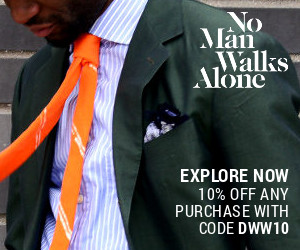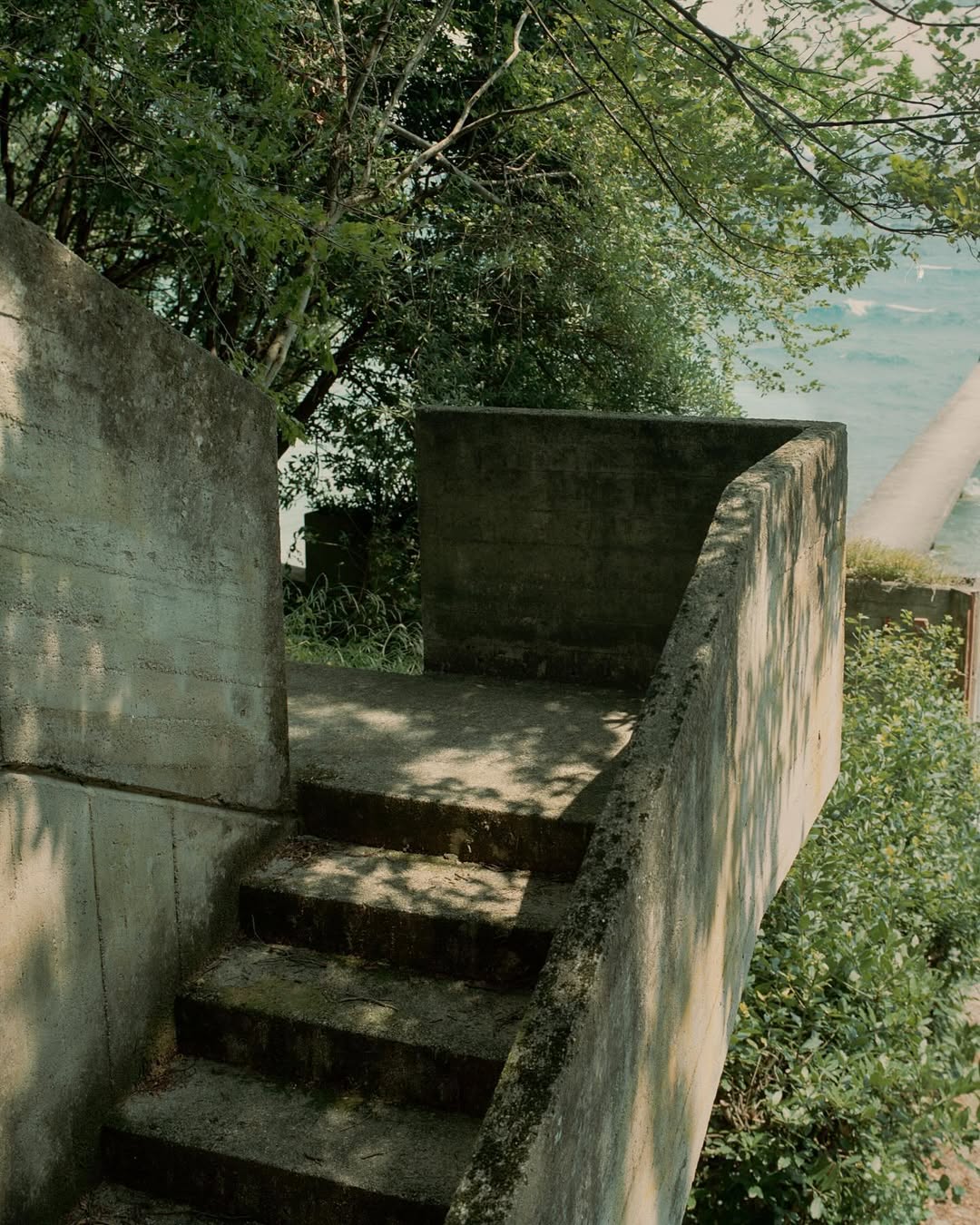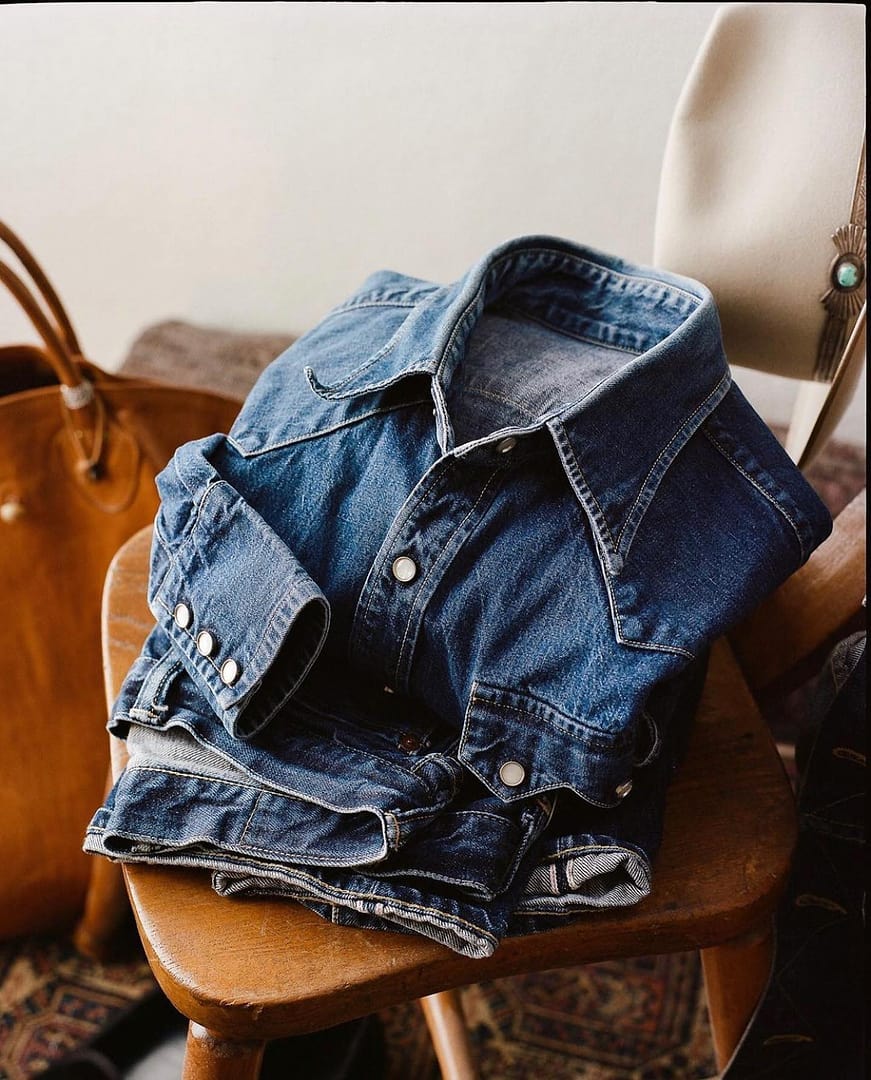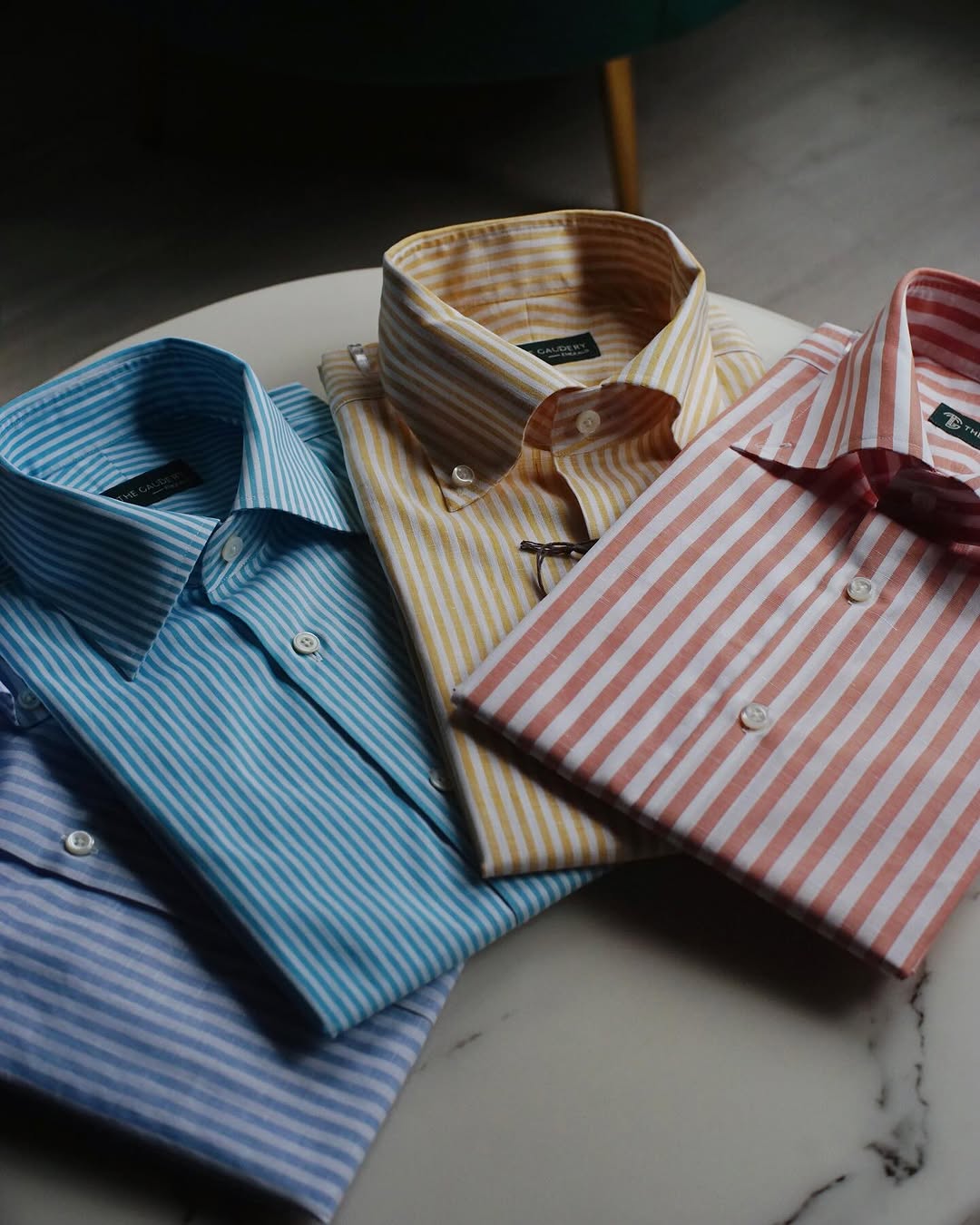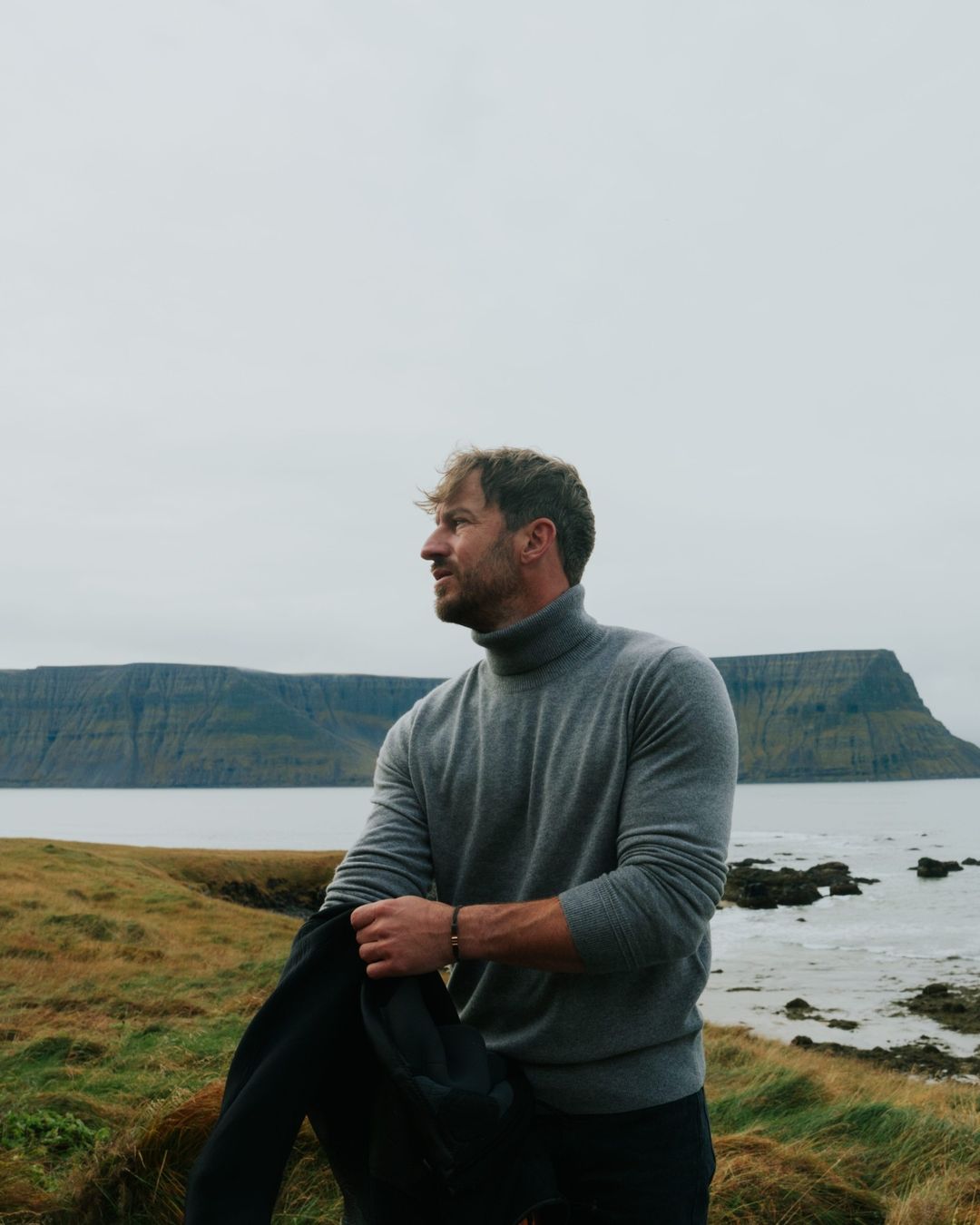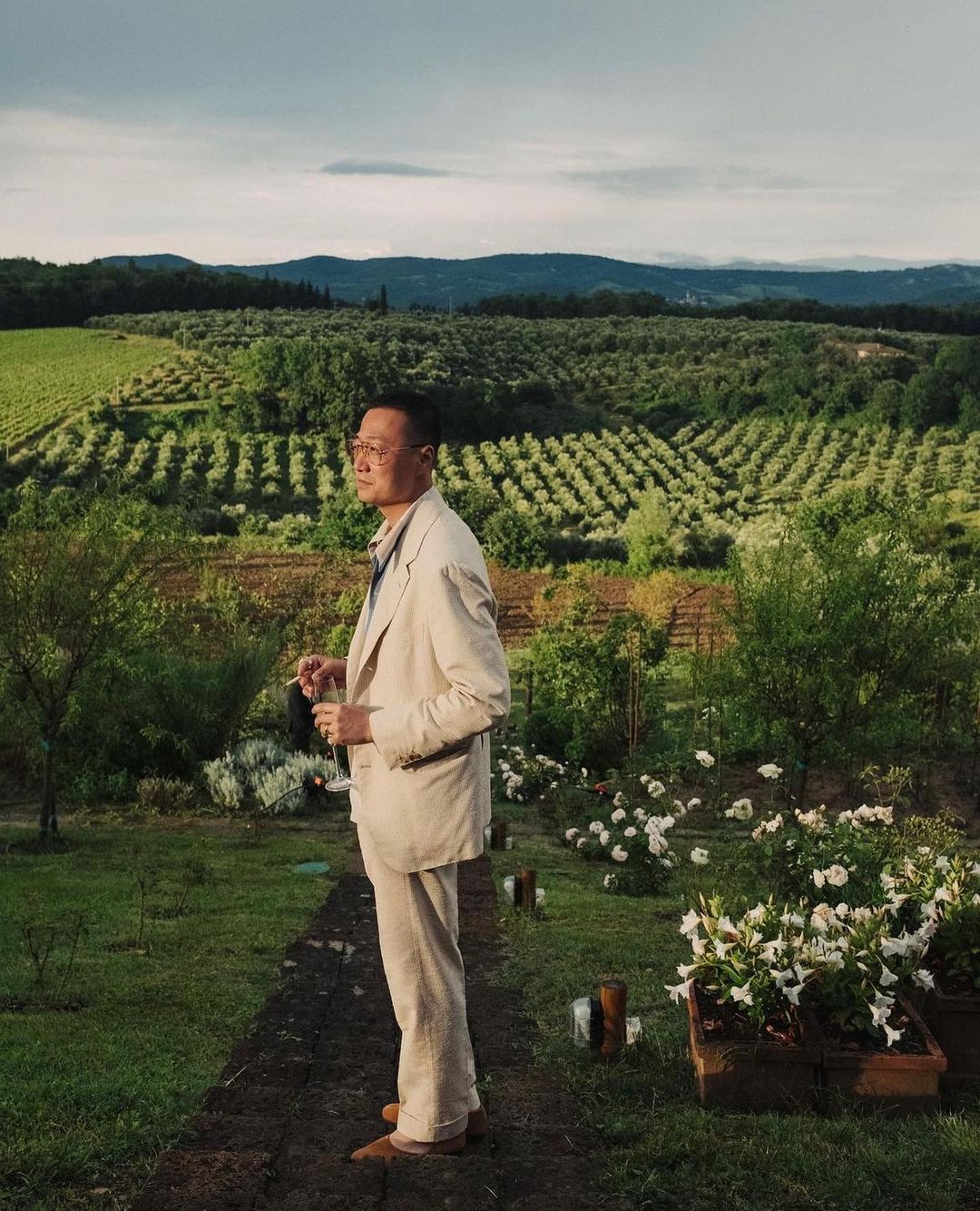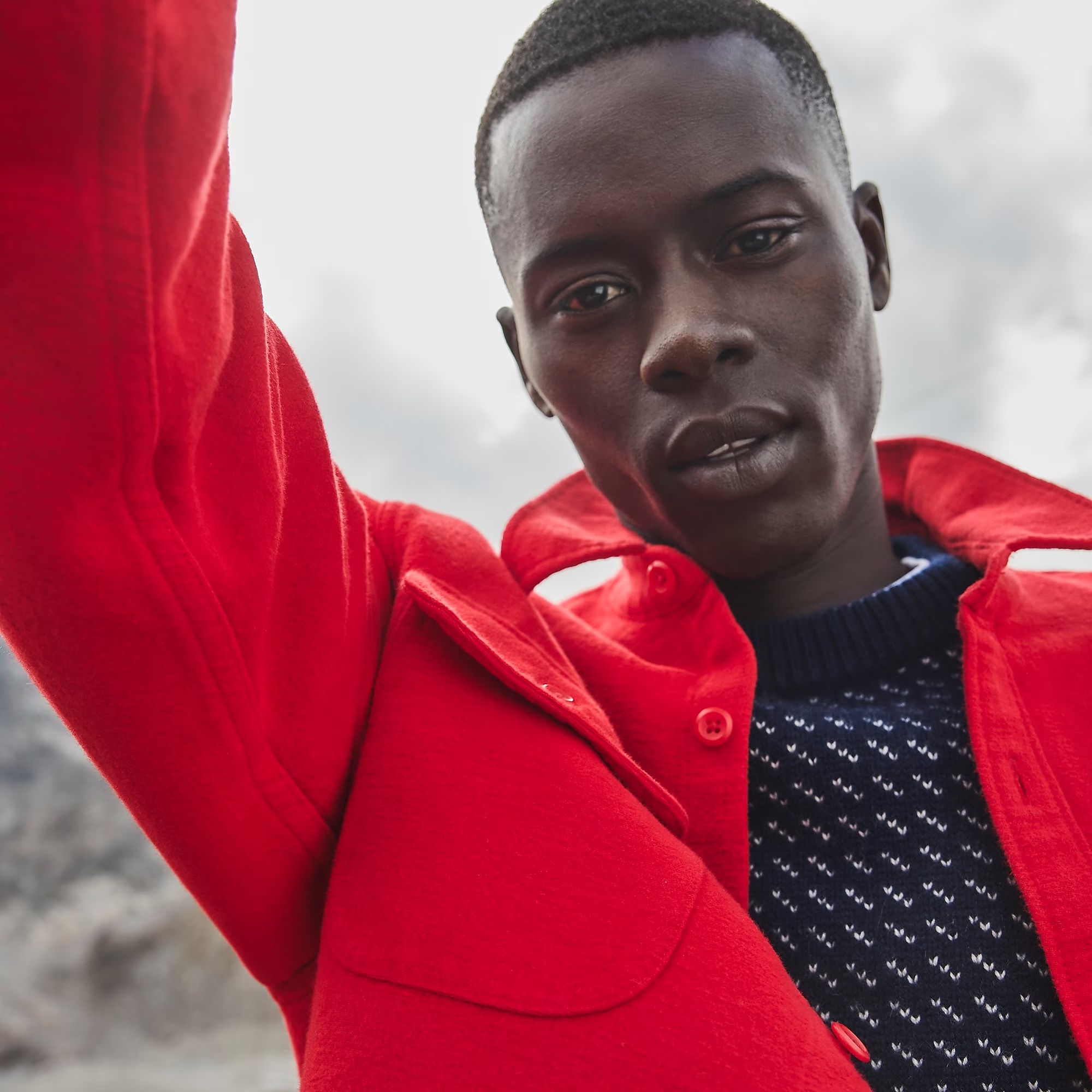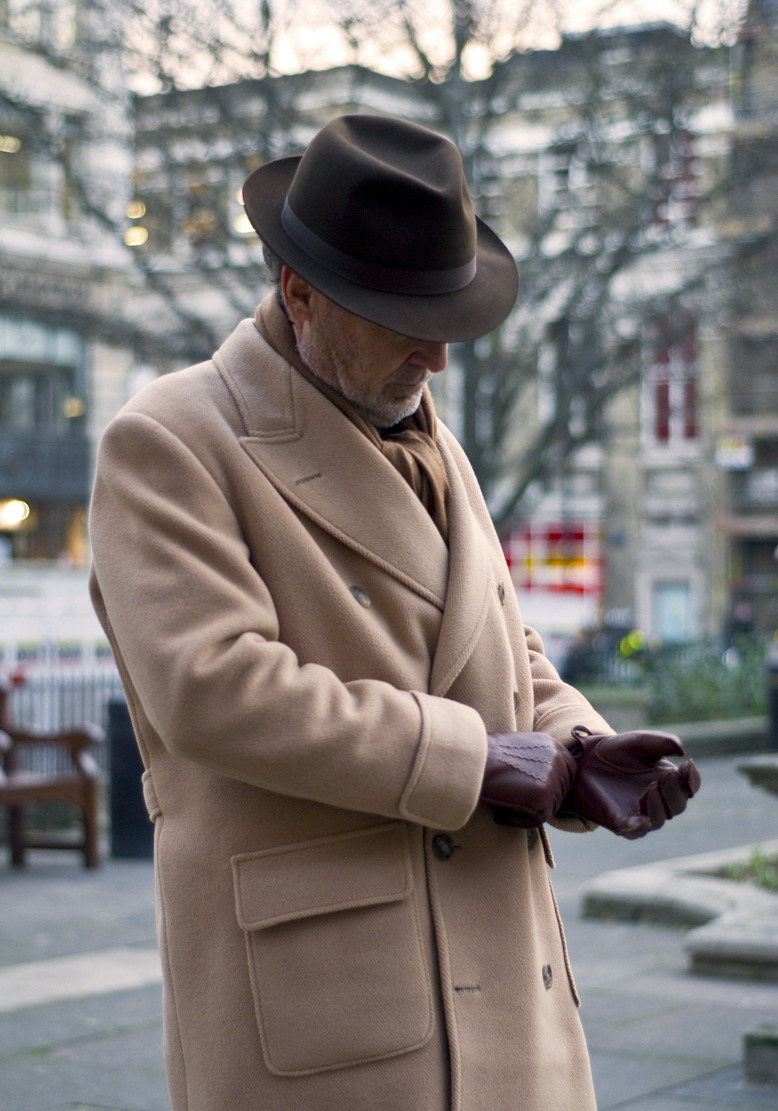
I was having dinner with a friend a few weeks ago, who happens to be a reader, and he suggested that I post clippings here whenever I write for other outlets. For those who may not know, my social media accounts have somewhat blown-up in the last few years, growing from about 50,000 followers to over two million across three platforms. As such, I've been fortunate enough to have editors reach out to me, creating a steady stream of freelancing work.
The downside is that I don't get to post as much as I would like here. I have a ton of story ideas, such as the social histories of early 20th-century horticulturalist rebels, 1970s Colorado ski instructors, and mid-century British fishermen — all dealing with how these people dressed (which, I'd like to think, has become my "groove;" shedding light on the social histories behind our clothes). But like everyone, I'm also constantly buried in work, and so some of these stories end up getting pushed back in the queue.
The solution, my friend suggested, is that I post little clippings here whenever I write for outlets, which will keep readers engaged and promote my stories. I loathe self-promotion, but the idea seemed good to me, as some people here might like this sort of thing. The series will be called "Cuttings" for whenever I cut excerpts of my writing elsewhere.
Keep reading
